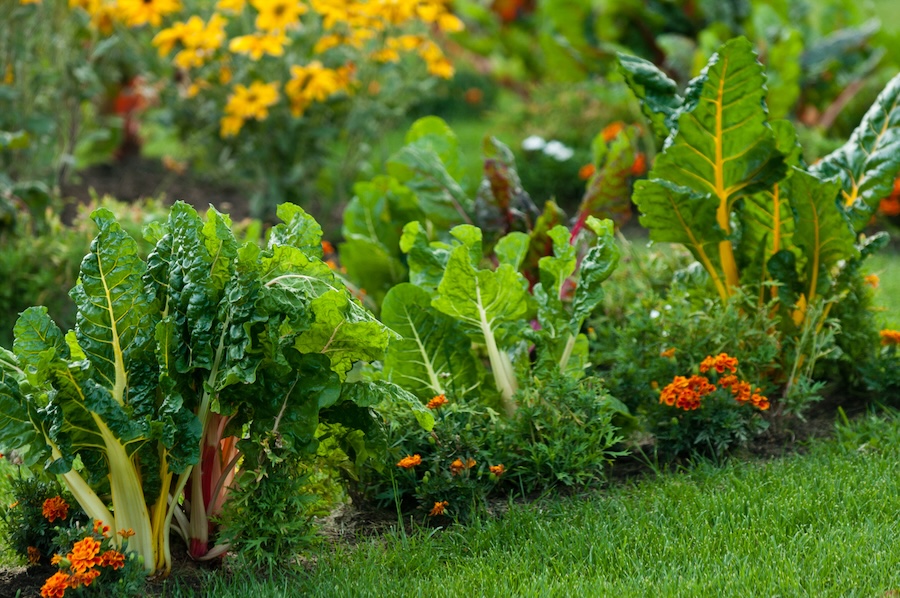Many gardeners are already planning vegetable and flower gardens by looking longingly through plant and seed catalogs. Pictures of perfectly grown fruits and vegetables make gardeners anticipate their own bounty of beautiful, homegrown produce.
Looking at all those pictures of plants, flowers, vegetables and ripe fruits may make it difficult to decide which plants to choose for your own garden. As a general rule, choose plants and varieties that are well adapted to the climate in your region of the state. If you sow seeds and set out plants at the right times of year, you can promote vigorous growth, minimize stress and reduce susceptibility to attack by insects and diseases.
To extend your harvest, consider planting many types of vegetable seeds every three to four weeks. For example, tomatoes are usually planted during the last two weeks of April and the first two weeks of May. But they can be planted again anytime through early July.
Last year, I planted tomato plants on July 8 at the UGA Cooperative Extension office in Forsyth County, and I harvested the last of the fruit on Dec. 3. Successional plantings like this one often result in vigorous plants later in the season. These plants are better able to stand the stress of cooler temperatures.
Later planting can also result in plants that simply avoid some of the early disease problems that prevail in the humid months of early summer. Planting zucchini, beans, corn, cucumbers and summer squash over an extended period will provide a continuous supply of fresh produce for family meals.
Growing from seeds is best if you want to grow the new disease resistant and pest tolerant varieties of flowers and vegetables available from plant breeding programs at public universities and private companies. Check seed catalogs produced by seed companies, and try some new vegetables that are easy to grow and mature quickly.
As a salute to the past, consider planting a few heirloom varieties that were staples in gardens grown by our parents and grandparents. Some heirloom varieties have outstanding flavor and nutritional quality when harvested from home gardens. Many heirloom types are also tolerant to a broad range of environmental stresses, including drought, and offer a robust tolerance to insect and disease infestations.
Favorite heirloom tomatoes of mine include Flamme (also known as Jaune Flamme) and Moneymaker. The variety Flamme produces a very tasty, small, tangerine-orange fruit that can be eaten fresh or cooked. The indeterminate (or vining) plants are very vigorous and produce a heavy crop of fruits throughout the growing season even when summer temperatures soar into the high 90s.
The Moneymaker variety was developed in England in the early 1960s as a greenhouse variety, because summers are often too cool in England to ripen tomatoes outdoors. The plants are indeterminate, robust and vigorous. At the end of the season, mature green Moneymaker fruits can be harvested and stored indoors where they will ripen in boxes. The result is tasty, red tomatoes that can be eaten in salads and on sandwiches or cooked in your favorite recipe.
As always, if you need gardening advice, contact your local UGA Extension office at 1-800-ASK-UGA1.




